Shocking video shows fish suffocating as Wyong River level plummets
DISTRESSING video has emerged of native Australian bass suffocating in the muddy shallows of Wyong River, which is just 7mm from ceasing to flow.
Central Coast
Don't miss out on the headlines from Central Coast. Followed categories will be added to My News.
- Confirmed case of legionnaires disease at Wyong Hospital
- Call for report on talks with Old Sydney Town owner
DISTRESSING video has emerged of native Australian bass suffocating in the muddy shallows of Wyong River after an alarming drop in the water levels.
It comes amid revelations that a section of the river west of Yarramalong is just 7mm from ceasing to flow altogether.
The footage, shot in the suburb of Wyong Creek, shows dozens of fish languishing near the top, gulping at the surface water.
Avid fisherman Ben Hay said it looked like the water level had dropped by 30cm or more in the past week.
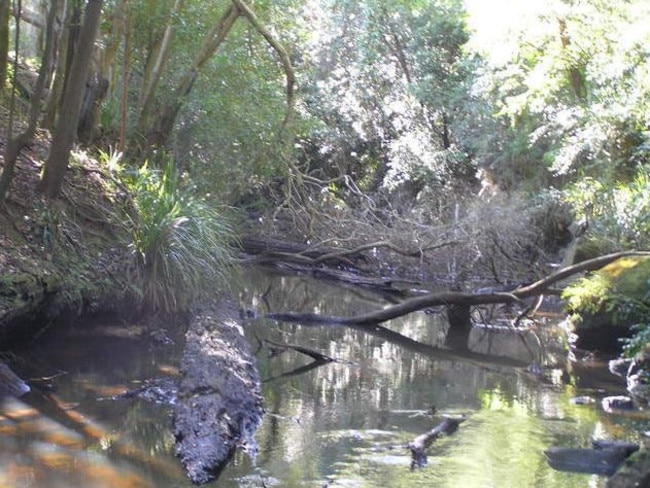
“We had a few really hot weeks but it [the water level] maintained,” he said.
“But we suddenly had that drop of about a foot.”
Mr Hay said rotting leaf litter at the bottom of the river released carbon dioxide into the water and, combined with little to no rain, triggered what anglers called “black water”.
He said there was not enough oxygen in the water for the fish to breathe, forcing them to the surface.
“People think they’re gulping for air but they don’t breathe oxygen,” he said.
“The air pressure keeps the top few millimetres of water oxygenated and that’s what they’re going for.
“The bottom line is it’s been such a dry summer.”
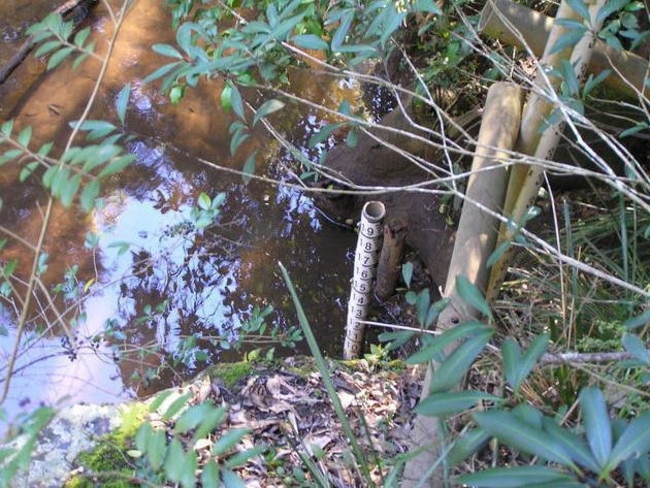
Central Coast Council senior manager water and sewer Bileen Nel said while it was distressing for people to see fish struggling, it was just the result of “low flows from little rain”.
She said water quality testing at the site revealed lower than normal dissolved oxygen levels, which was consistent with a drop in the river height and more predominant in the summer months.
“We will monitor it and that’s all we can do,” she said.
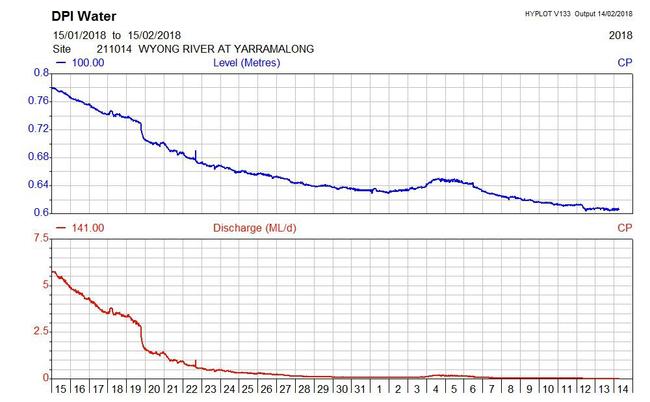
Department of Primary Industries Office of Water data shows Wyong River has dropped from a high of 0.78m on January 14 to a low of 0.607m last week.
If the water level drops below 0.60m the river ceases to flow.
It is only marginally better downstream at the fishway next to the Wyong Milk Factory where the water level is 0.91m — just 7cm above the 0.84m mark at which point the river stops flowing.
Bureau of Meteorology data, meanwhile, shows rainfall at the nearby Mangrove Creek weather station has dropped by 43.3 per cent on average over the past four months.
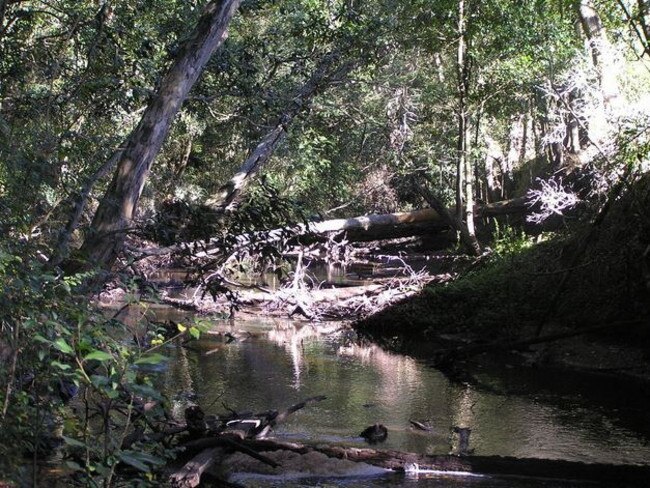
Just 179mm of rain fell at Mangrove Mountain from November to February 5, compared to the historical average of 315.7mm of rain for the area in the same period.
“It’s drought driven, and the little rain we have had has been coastal showers,” Mr Hay said.
The footage of fish suffocating in the stagnant river bed was taken during the last week of January.
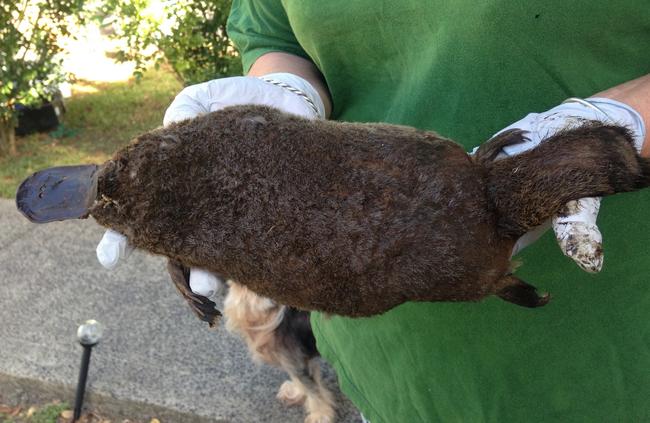
It came after the body of a young female platypus was discovered by a member of the public near Central Coast Grammar School, about 100m from Erina Creek.
Wildlife ARC carer Lorain Castellari said the platypus had no other visible injuries and “quite likely died of heat stress”.
She said Erina Creek was “disgusting” and needed torrential rain to “flush it out”.
“It’s just stagnant, the lack of rain and the pollution. I was shocked to hear there was a platypus in there. I have no idea how she survived,” she said.
IN OTHER NEWS



